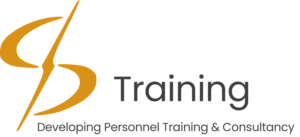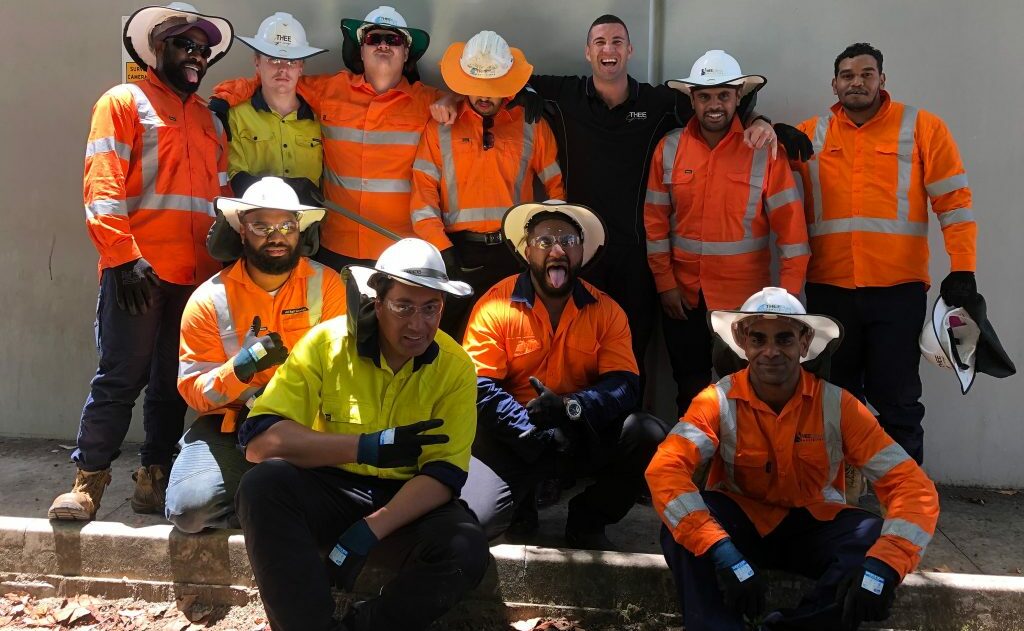Skills Shortage – The Biggest Threat to Railway Infrastructure
According to the Building Australian Rail Skills for the Future Report published by Australasian Railway Association, the rail sector will have a shortfall of 70,000 skilled workers by 2023.
This increasing skill shortage in the rail industry can cause a substantial blow to the costs and delivery dates of rail projects in the next ten years in Australia and New Zealand, as per the BIS Oxford Economics report by the Australasian Railways Association (ARA).
According to Caroline Wilkie, the CEO of ARA, the primary issue faced by the rail industry is attracting and retaining talent within the industry, especially in the middle of significant investment projects in the urban rail sector.
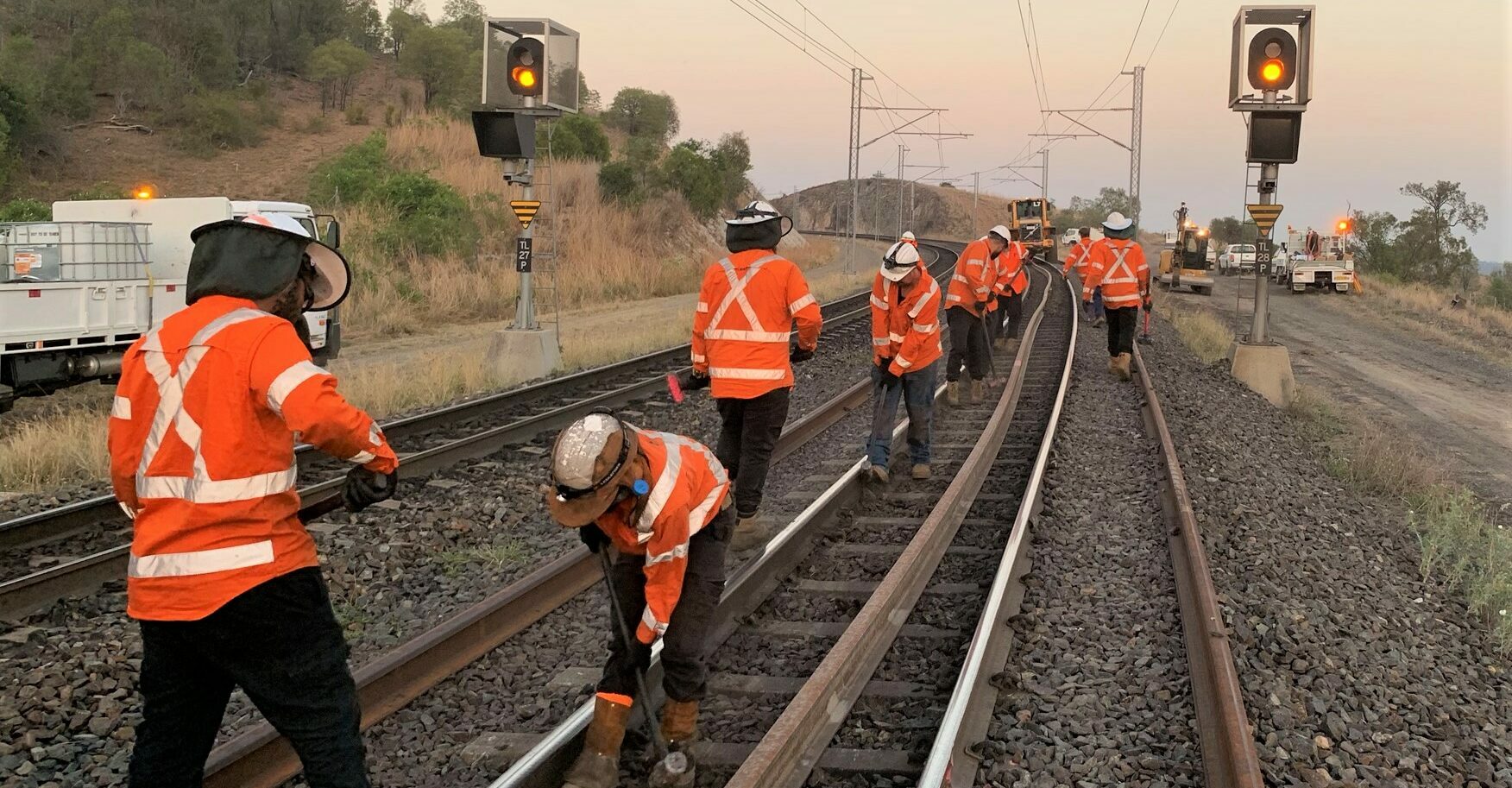
Reasons for the talent shortfall
The Railway infrastructure faces skill shortages in occupations like train drivers, controllers, signalling technicians and engineers, track workers, trainers, assessors, tunnelers, and electrical technicians. In addition to a shortfall in labour skills, the rail industry is also experiencing emerging skill shortages in data analytics, automation, and digital skills.
In a survey by Australian Industry Standards, about 90% of employers in the rail sector reported a skill shortage in the past 12 months.
The reason for this skill shortfall in Australia’s rail industry is due to the following reasons:
Australia’s skill capacity and capability in the rail sector need to be improved to meet the current workforce demands. The occupations in the rail sector demand rigorous skill sets to manage various tasks, including train driving, tunnelling, signalling, and maintenance.
The skill gap is also increasing because of digitization in the industry. Technological advancements require new skills in these areas, including signalling, remote-operated rail vehicles, and tunnelling.
The Department of Home Affairs states that Australia granted over 10,000 permanent visas to engineers from 2015 to 2019. But, due to the pandemic-led border restrictions, the migration of skilled workforce from other countries halted. With international borders remaining closed for almost two years, the skill shortage in the rail sector worsened.
As per the Australasian Railways Association’s skills capacity study, the workforce in the rail industry is ageing at 2.6 times compared to the national average. The average age of the workforce in the industry is 45.7 years, nearly five years longer than the national average. Moreover, the skill capacity study indicated that over 20% of the rail workforce will retire by 2028. This will add to the existing skill shortage in the industry.
The rail sector needs to attract the youth to choose careers in the railways. Parents, schools, and influencers don’t consider the railway the right path for their children. People need to gain awareness about the railway industry and encourage their children to pursue a career in this sector.
How to combat the skill shortage?
According to the Infrastructure Market Capacity report 2021 by Infrastructure Australia, the skill supply will be 48% less than the demand in the transport infrastructure sector by 2023.
To combat the skill shortage, strict actions are required to be taken. To begin with, Road’s Australia has already announced its partnership with the ARA to prepare a submission for the Federal Parliament’s inquiry into the Skilled Migration Program. The inquiry requested the Federal parliament to increase the immigration of skilled professionals and streamline the visa process for construction and engineering professionals.
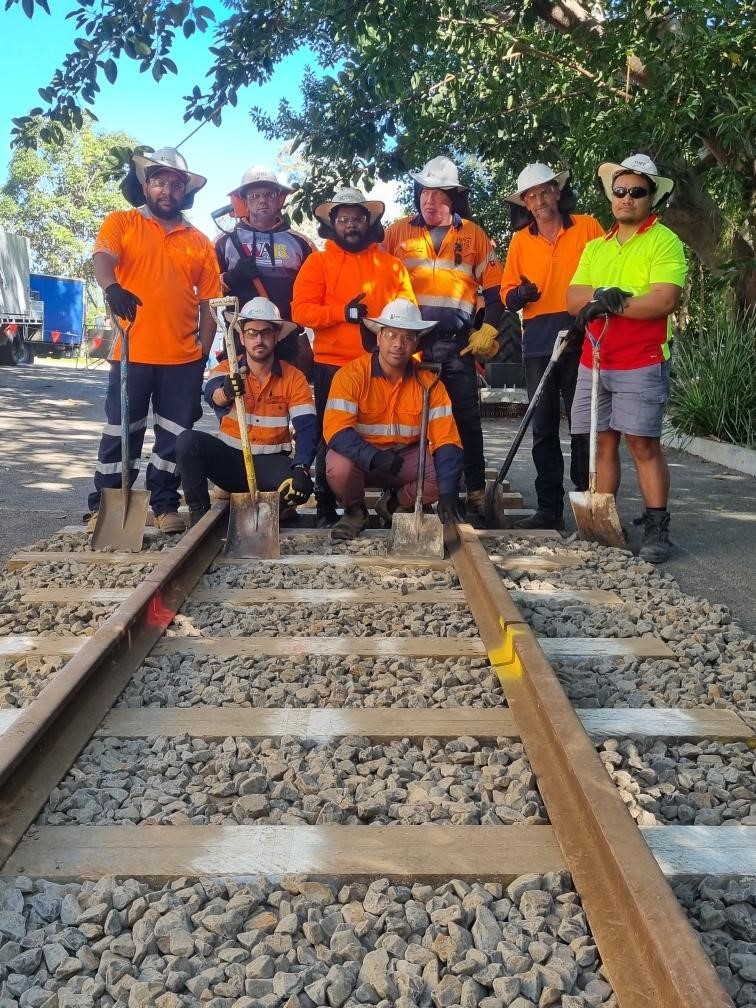
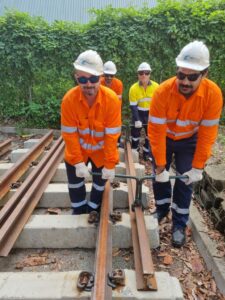
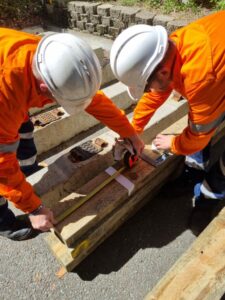
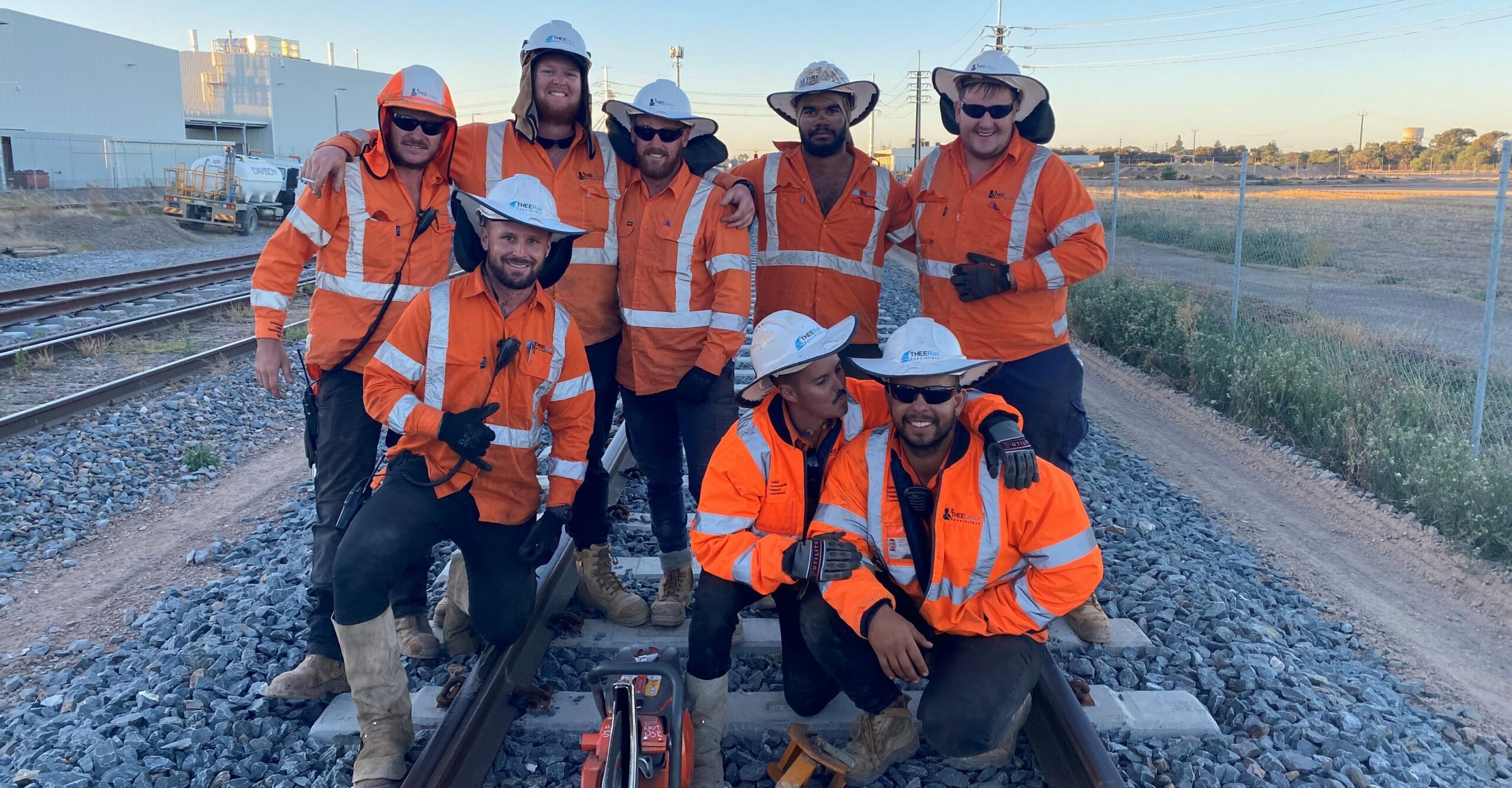
Further, the salaries of professionals working in the rail sector need to be at par with the other industries to encourage young people to pursue their careers in the railways. In addition, the rail industry should target schools, parents, and influencers to promote the benefits of joining the rail sector. ARA should create awareness about why a career in the rail sector is the right choice and should encourage youth to join this industry.
Need for advanced courses
Due to the digitisation in the rail industry, occupations now require advanced skills. Access to appropriate courses is a huge barrier for the rail sector to attract project managers, engineers, and other professionals from other industries and graduate professionals from universities and colleges.
Improved promotion of advanced courses with the right skills will help bridge the skill gap. By encouraging young people to join these courses, the rail industry will have the opportunity to generate a skilled workforce ready to fill the gaps.
Promoting courses like Certificate II and III in the rail industry, Certificate II in warehousing operations, and certificate III in supply chain operations and transport and logistics courses, along with courses specialising in specific skill sets, will ensure access to the skilled workforce for the rail sector.
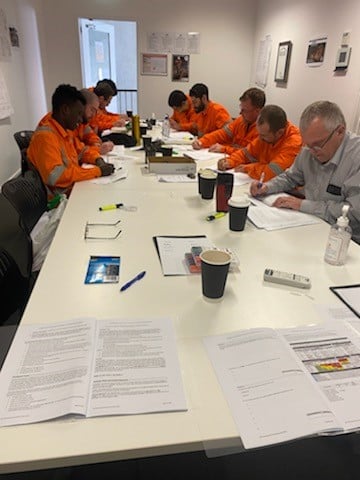
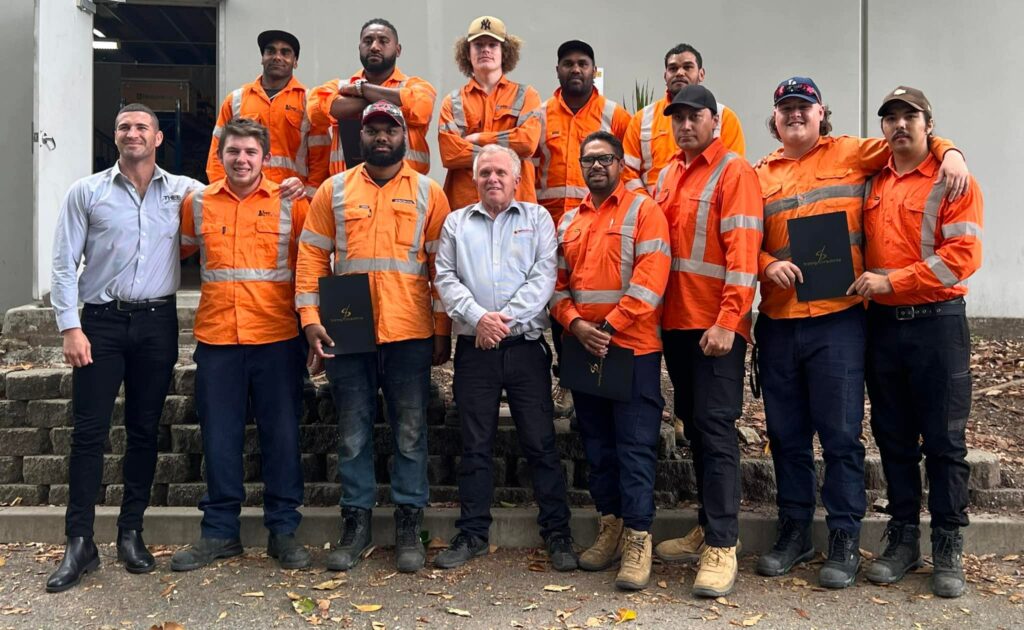
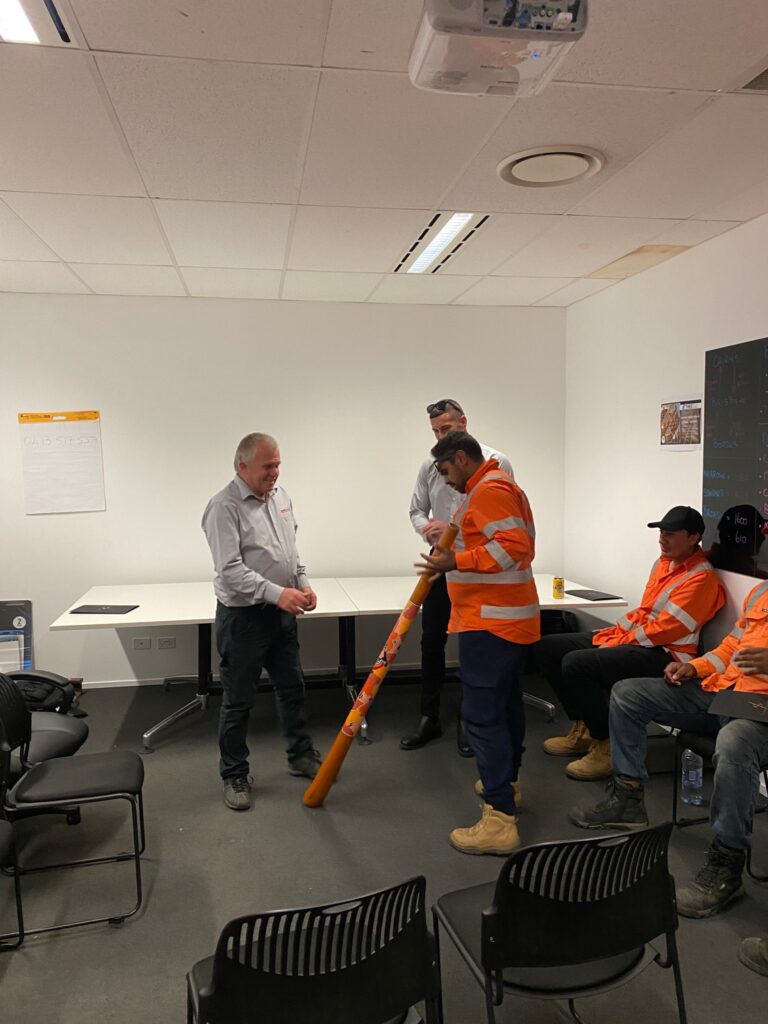
Key takeaway
With the skill shortage becoming a significant concern for the rail sector, ARA and the wider industry need to be proactive in addressing the fears rather than relying solely on the government. Creating awareness, increasing salaries to match with other sectors, and promoting rail-related undergraduate and certification courses will help the industry overcome the skill shortage.
If you are interested in a career in the rail industry, DP training can provide you with career training. Our nationally recognized training courses comply with the Australian Quality Training Framework and State and Federal Regulatory Body requirements to get you job-ready.
Enrol today and start your journey toward your dream job!
Frequently Asked Questions
1. What is included in railway infrastructure?
Railway infrastructure includes all the land, buildings, structures, lines or tracks, equipment, freight terminals, shunting yards, and other equipment and support facilities for handling stocks, cargo shipments, and passengers.
Major challenges faced by the rail industry include:
- Ensuring health and hygiene on board and around the trains
- Improving the comfort of passengers
- Overcoming skills shortage
- Digitising the rail transport
2. What is included in railway infrastructure?
Railway infrastructure includes all the land, buildings, structures, lines or tracks, equipment, freight terminals, shunting yards, and other equipment and support facilities for handling stocks, cargo shipments, and passengers.
